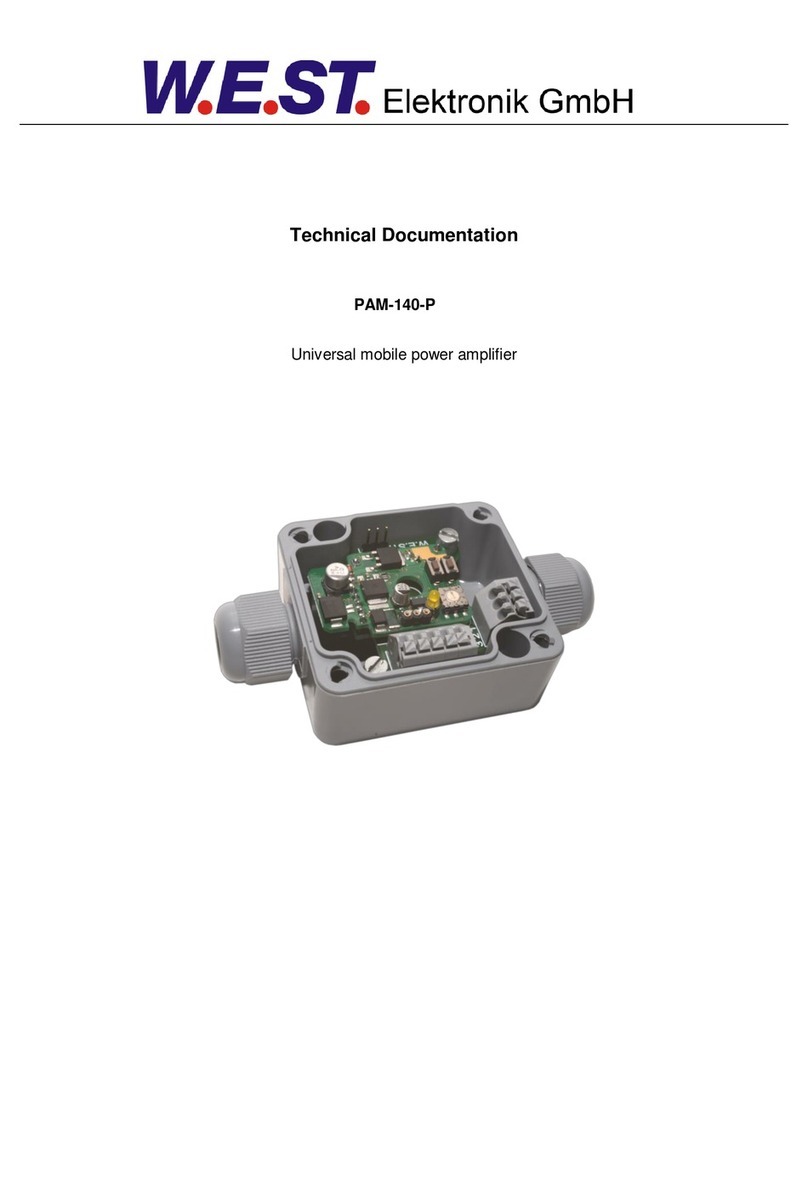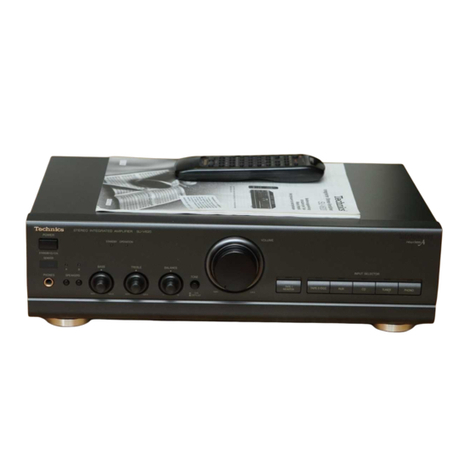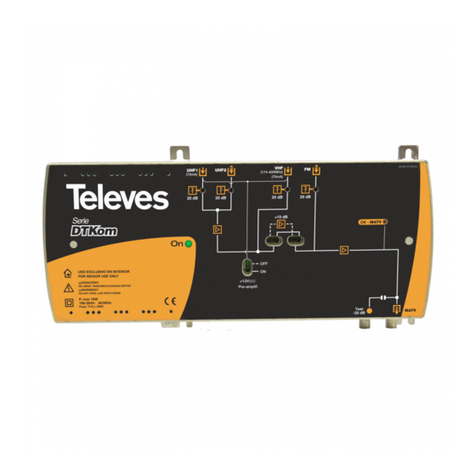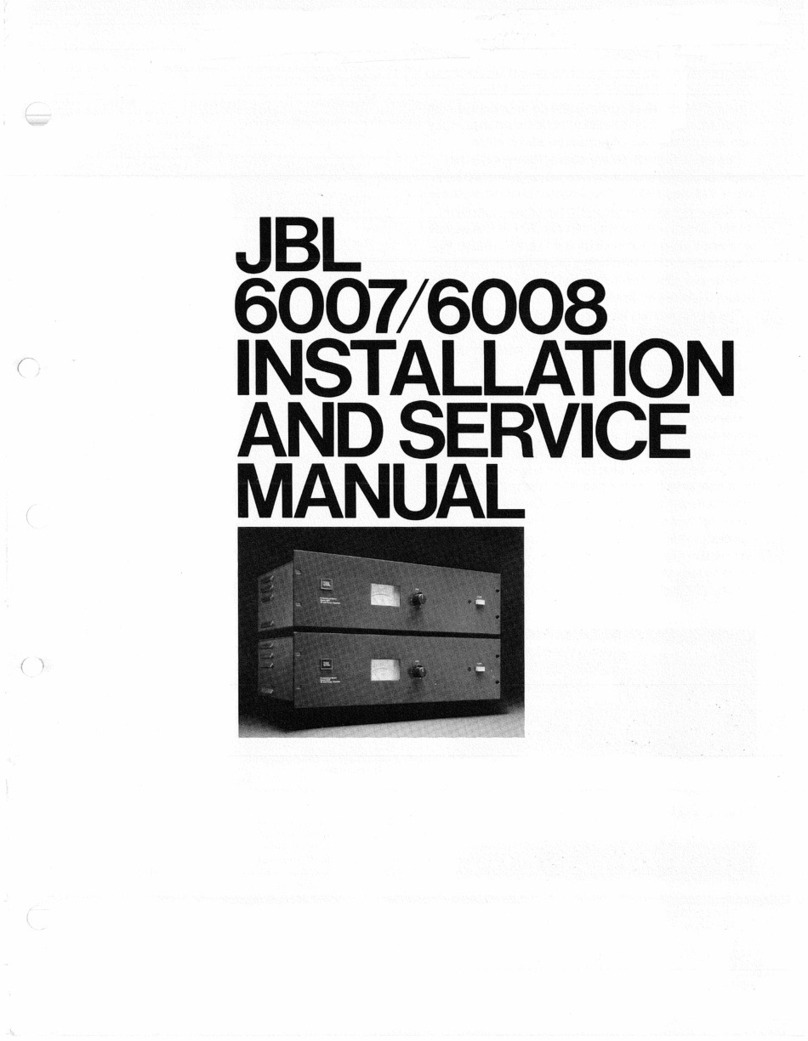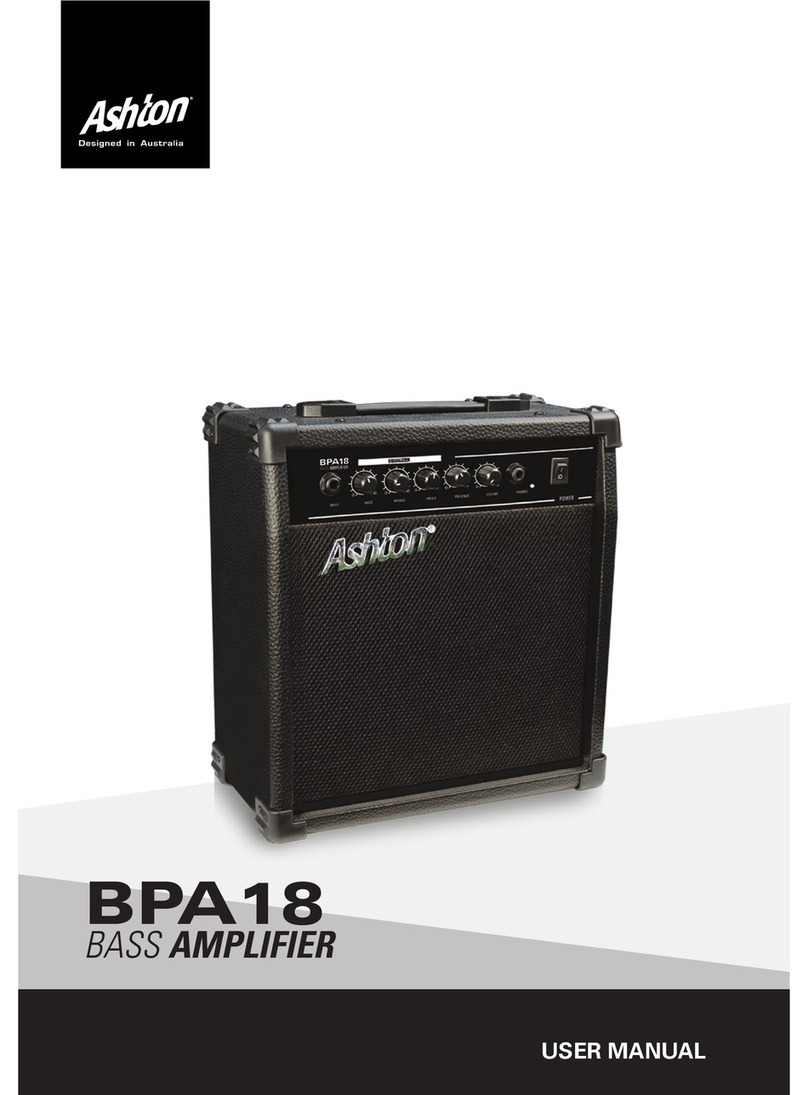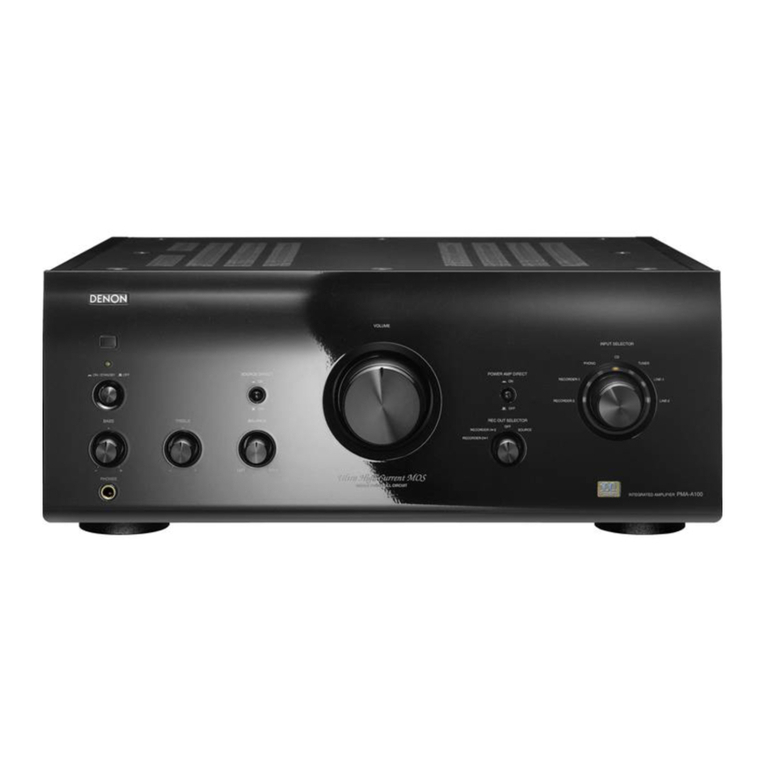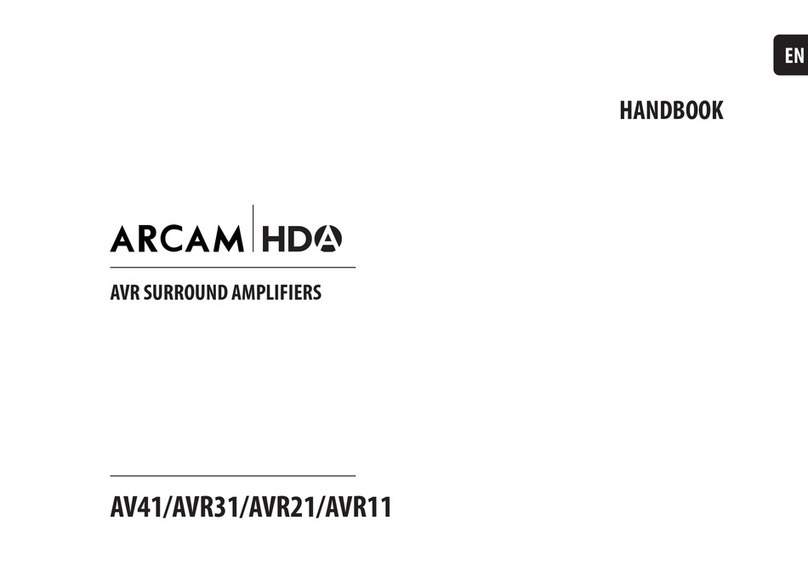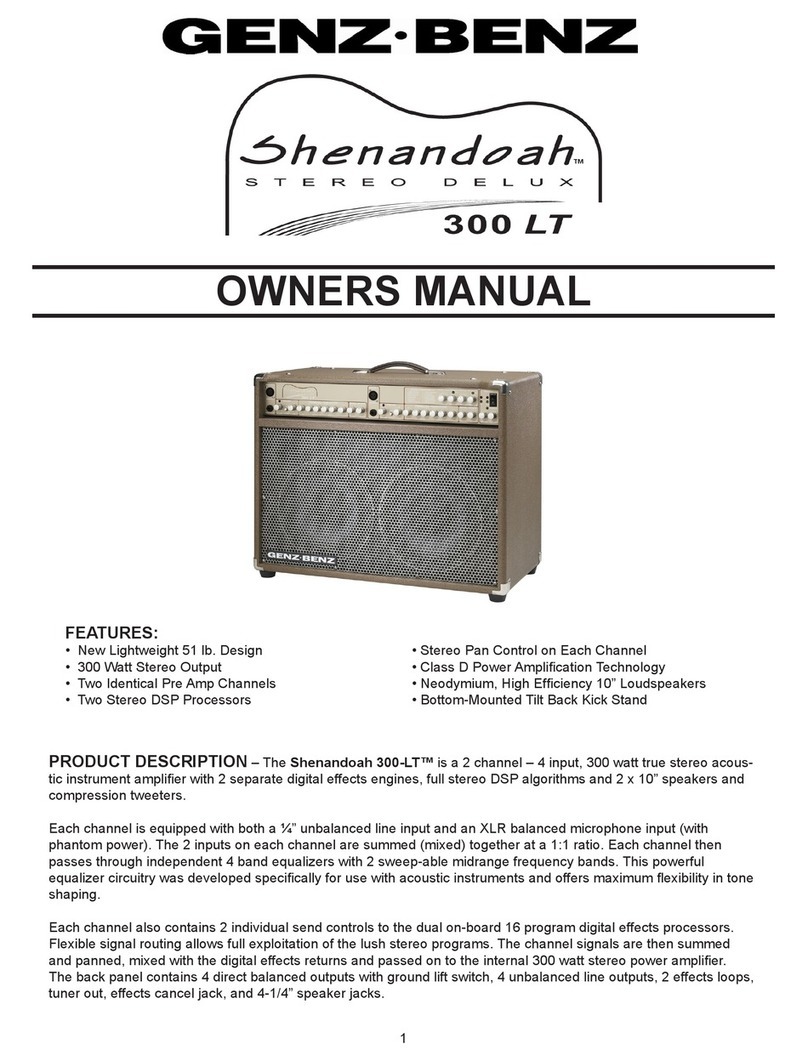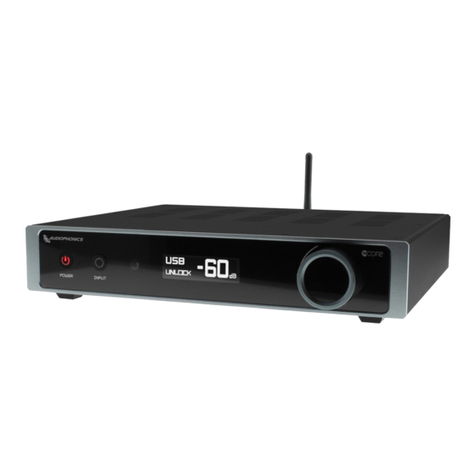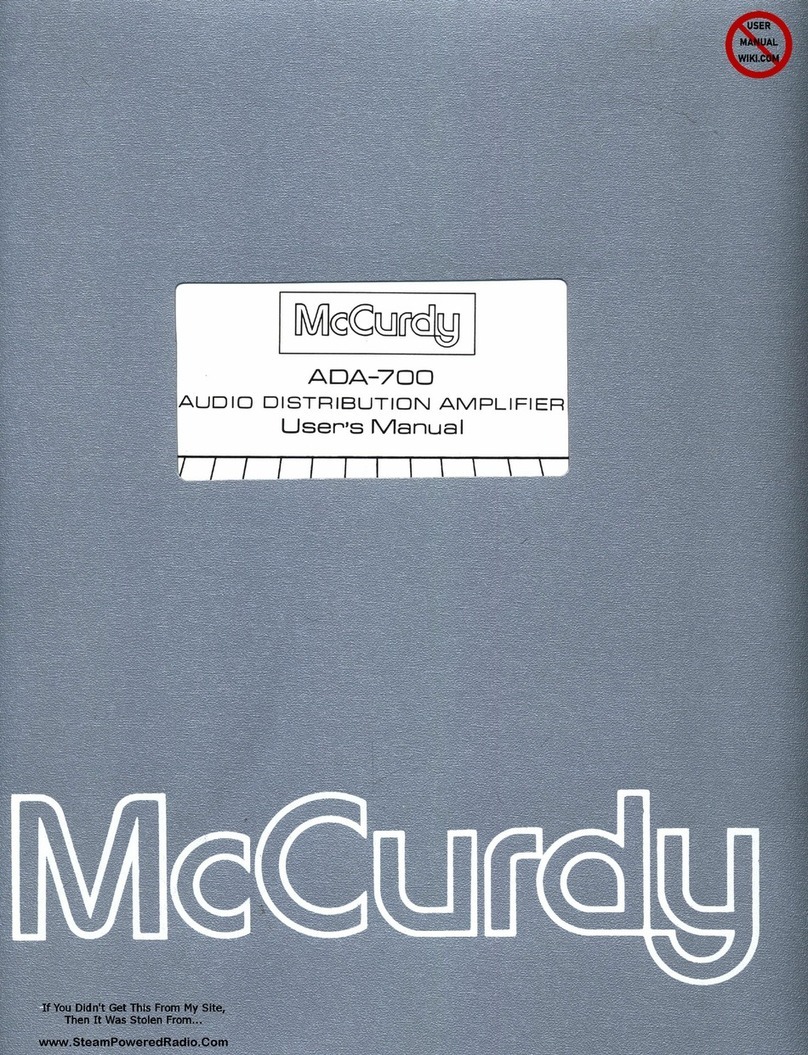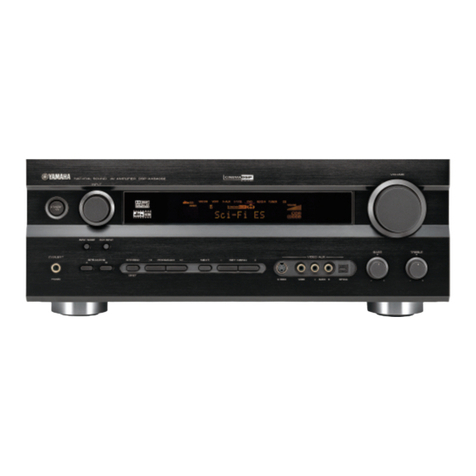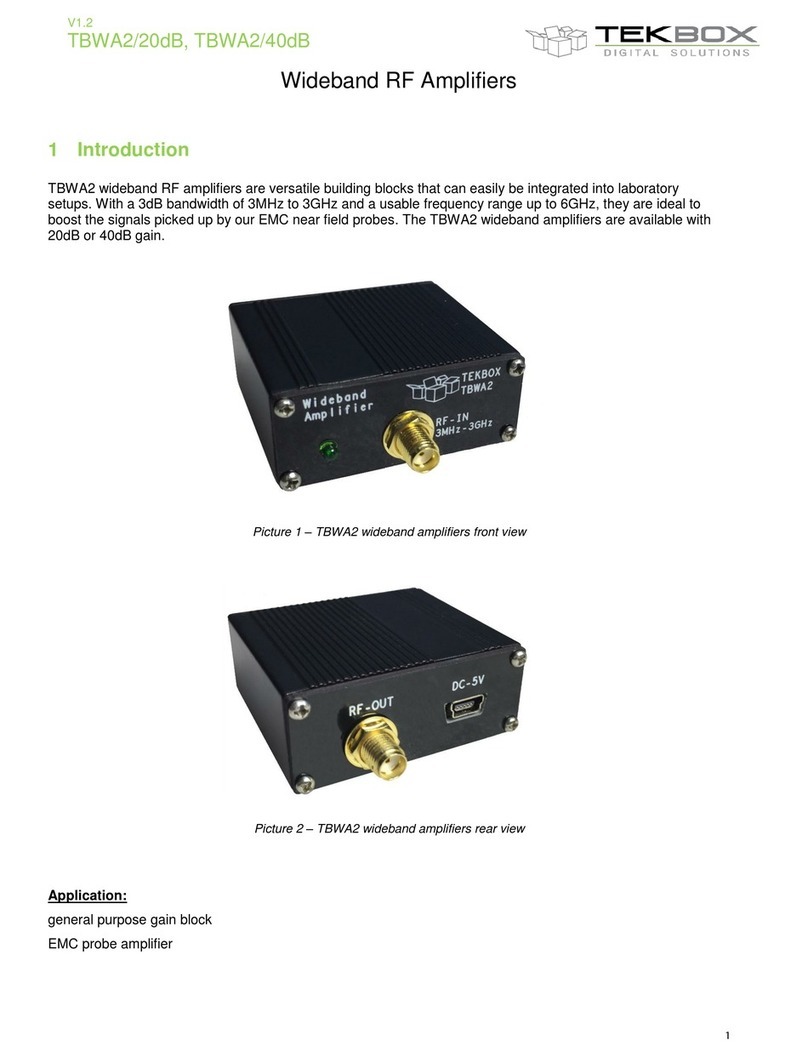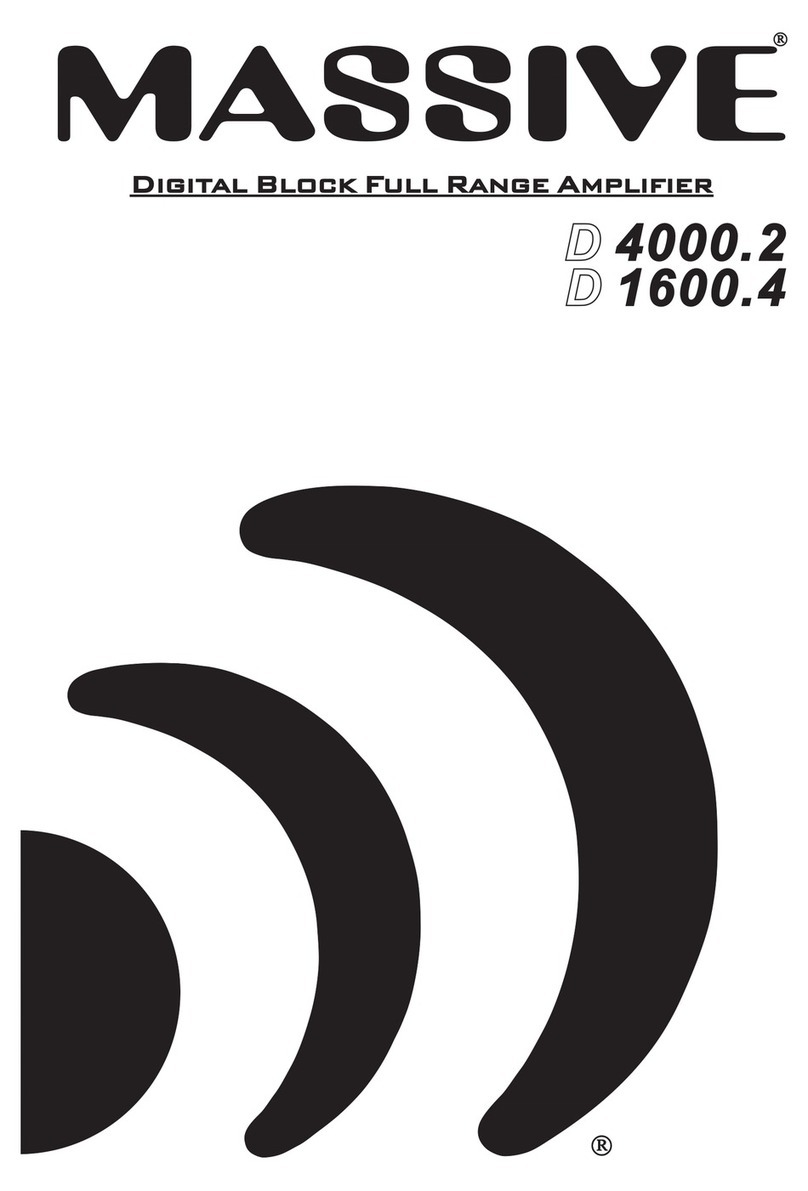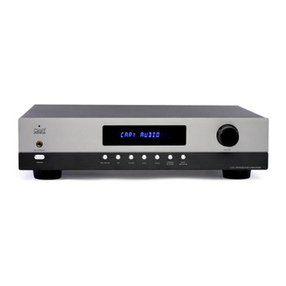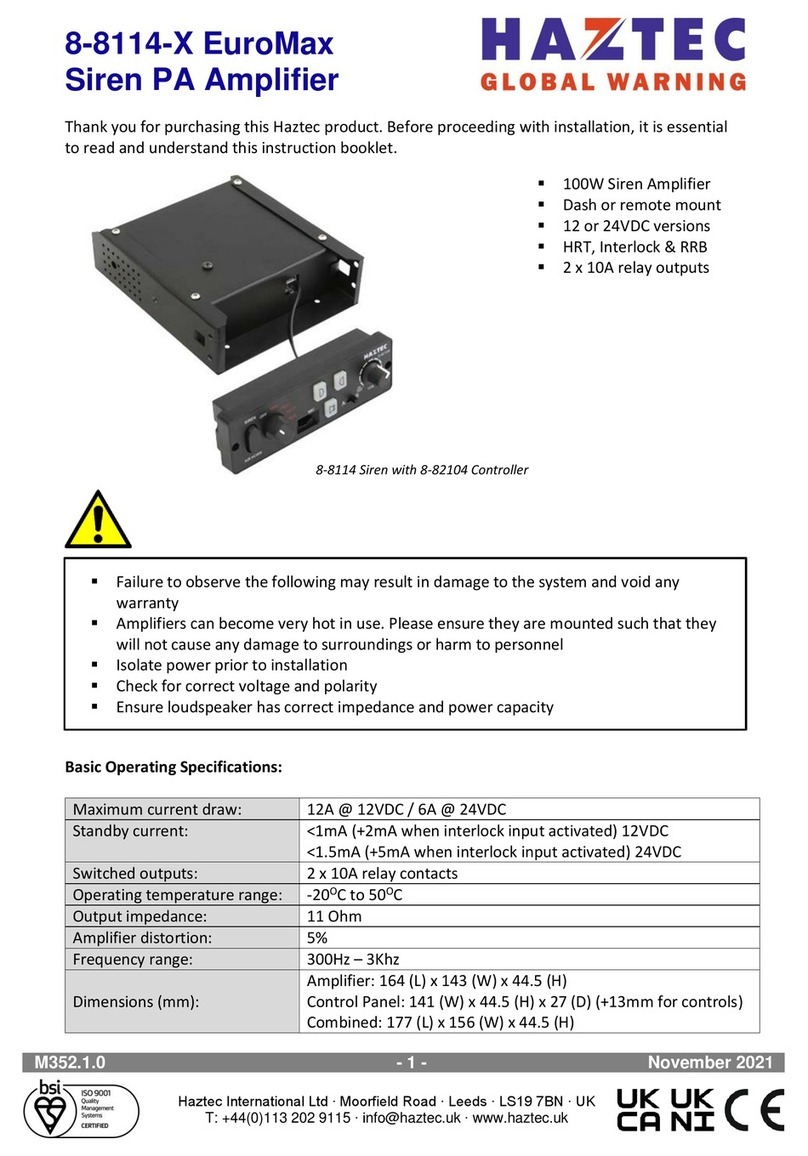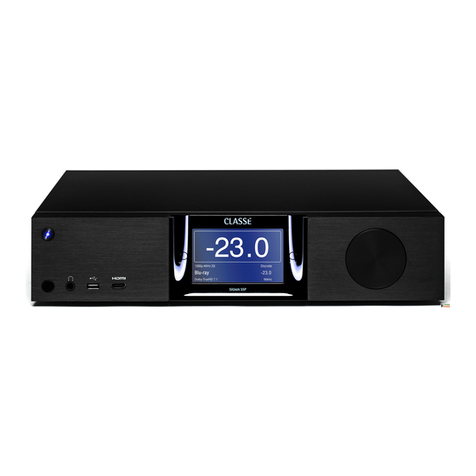Trinity Amps Tramp User manual

The Trinity Tramp
Amp Builder's Guide
For the sole personal use of Trinity Amps Tramp Customers.
October 2017, Version 2.9
Parts © Trinity Amps 2005 – 2016
www.trinityamps.com

Version 2.9
Pa e: 2
Contents
Introduction .............................................................................................................................................................................. 4
Sources of help. ........................................................................................................................................................................ 4
Acknowled ements .................................................................................................................................................................. 4
WARNING .............................................................................................................................................................................. 5
Thank You ................................................................................................................................................................................ 6
Version Control ........................................................................................................................................................................ 7
About the Tramp ..................................................................................................................................................................... 8
Tramp Specifications ............................................................................................................................................................. 10
Guitar Amplifier Basics ......................................................................................................................................................... 11
Fender and Marshall tone controls ........................................................................... 12
Distortion ..................................................................................................... 16
General Amplifier Operation ............................................................................................................................................... 18
Some DO NOTS ............................................................................................. 18
Some DOs .................................................................................................... 18
Introduction to Vacuum Tubes and Common Terms .................................................................................................... 19
Buildin an Amp – General Guidelines ............................................................................................................................. 22
Introduction .................................................................................................. 22
Switches and wire ............................................................................................. 22
Physical layout ................................................................................................ 22
Groundin .................................................................................................... 22
Insulated jacks ................................................................................................ 23
Minimizin transformer interference ......................................................................... 23
Wirin ......................................................................................................... 23
Assemblin the amp .............................................................................................................................................................. 24
Before You Be in ............................................................................................. 24
Tools .......................................................................................................... 24
Solderin ...................................................................................................... 24
Tube Pin Numberin ......................................................................................... 25
Assembly Steps Summary ..................................................................................................................................................... 26
Install Tube Sockets and Terminal Strips .................................................................... 27
Heater Wires .................................................................................................. 27
Install Chassis Hardware ...................................................................................... 29
Install the Transformers ...................................................................................... 30
Wire Up the Transformers.................................................................................... 32
Connectin the Impedance Selector .......................................................................... 34
Output Jacks .................................................................................................. 35
Eyelet Board Construction ................................................................................... 37
Assemble Volume and Bass Pull Switches ................................................................... 39
Input Jack ..................................................................................................... 40
Install VRM ................................................................................................... 40
Install Eyelet Board ........................................................................................... 41
Connectin the Board ........................................................................................ 42
General Wirin ................................................................................................ 42
Final checkout ........................................................................................................................................................................ 44
Workin Inside A Tube Amplifier Safely ..................................................................... 46
Makin a Volta e Measurement .............................................................................. 46
Trinity Tramp Volta es ......................................................................................................................................................... 51
WARNING ............................................................................................................................................................................ 49
Troubleshootin ..................................................................................................................................................................... 51
Troubleshootin the VRM.................................................................................... 57

Version 2.9
Pa e: 3
VRM Bypass Procedure ...................................................................................... 58
Tone Tweakin ....................................................................................................................................................................... 60
Tube Substitutions ................................................................................................................................................................. 64
How to read Resistor Color Codes ..................................................................................................................................... 65
How to read Capacitor Codes ............................................................................................................................................. 66
FAQ .......................................................................................................................................................................................... 68
Tramp Bill of Materials (BOM) ........................................................................................................................................... 70

Version 2.9
Pa e: 4
Introduction
This uide has been prepared for builders of Trinity Amps Kits. It is always bein improved
and we would appreciate your feedback and comments to:
stephen@trinityamps.com
Accordin ly, content and specifications are subject to chan e without notice.
We do try to make it as accurate as possible, but it is sometimes hard to keep up with the
chan es. Therefore, if you do find an error, please let us know about it and we will correct it.
Su estions are welcome so if you have one, please et in touch with us.
Sources of help.
Forums: Please use the various forums to et help. They are an excellent resource and can be
found at trinityamps.com Fender forum.
The Fender Amp Field Guide is a terrific resource for all amps Fender
Email: We can’t help with every problem but if you can not et your problem resolved, email
us and we’ll do our best to help.
Phone Call: If your problem can’t be solved, email for a phone appointment.
Acknowledgements
Much of the content in this document is ori inal. Rather than reinvent content, some parts are based on
content from other excellent sources and are hereby acknowled ed.
R.G. Keen’s site www. eofex.com - Tube Amp FAQ, Tube Amp Debu in
AX84.com site www.AX84.com - Gary Anwyl's P1 construction uide version 1.0
GM Arts website http://users.chariot.net.au/~ marts/index.html - Guitar Amp Basics
Aron from diystompboxes.com
Parts © Trinity Amps 2005. No part of this document may be copied or reprinted without written permission
of Trinity Amps or contributin authors listed above.
This anual is intended for the sole personal use of Trinity Amps Tramp Customers.
Any copy or other usage is an infringement of copyright.

Version 2.9
Pa e: 5
WARNING
Please Read this Information Carefully
The projects described in these pa es utilize POTENTIALLY FATAL HIGH VOLTAGES. If you are in
any way unfamiliar with hi h volta e circuits or are uncomfortable workin around hi h volta es, PLEASE
DO NOT RISK YOUR LIFE BY BUILDING THE . Seek help from a competent technician before
buildin any unfamiliar electronics circuit. While efforts are made to ensure accuracy of these circuits, no
uarantee is provided, of any kind!
USE AT YOUR OWN RISK:
TRINITY A PS EXPRESSLY DISCLAI ALL LIABILITY FOR
INJURY OR PROPERTY DA AGE RESULTING FRO THIS INFOR ATION! ALL
INFOR ATION IS PROVIDED 'AS-IS' AND WITHOUT WARRANTY OF ANY KIND.
RE E BER: NEVER OPERATE YOUR A P WITHOUT A LOAD. YOU WILL RUIN YOUR
OUTPUT TRASNFOR ER!

Version 2.9
Pa e: 6
Thank You
Thank you for purchasin your kit from Trinity Amps. We truly hope that you have fun
buildin it. If you have any questions please do not hesitate to contact us by email or on the
forum for help.
We are always lookin for Customer feedback. We have checked the build instructions
thorou hly and are confident in our product. However, mistakes do happen so our advice is
to cross-check a ainst the schematic as you connect each wire and part accordin to the
layout. If you find any inconsistencies, or have any concerns, please let us know. Do not
hesitate to contact us! We want this build to be successful for you and for Trinity Amps!
We’re confident that you will like our product and our support and when you’re completed,
we’d appreciate your comments posted on any of the internet forums such as
the earpa e.net, 18watt.com, AX84.com or trinityamps.com
We know you have a choice in suppliers and we do appreciate your confidence and of course
your business.
Sincerely,
Stephen Cohrs,
Trinity Amps
Web site: www.trinityamps.com
email: stephen@trinityamps.com

Version 2.9
Pa e: 7
Version Control
Version Date Change
1.99 28Sep12 Chan ed 0.47uf cap from 600V to 100V in BOM
17Jan13 Updated BOM with 0.47uF/0.5uf, 22/20 GA & 530 VCT
1.99 20Au 13 Updated board picture;chan ed wordin around “Connect the first volume control to V2, pin
2…”
1.991 7Feb14 Updated BOM & some assembly notes
1.992 12May14 PAB Mod added inTweaks
2.0 3Au 14 Added VRM Bypass mod; chan ed OT impedance switch schematic
2.1 31Jan15 Updated BOM
2.2 31Mar16 Updated underside of board view
2.3 12Jun16 Updated Mains Power wirin to match revised layout
2.4 29Nov16 Updated for IEC Mains socket connection
2.5 9Dec2016 Updated Impdedance switch instructions.
2.6 23April 2017 Updarted Bill of Materials (BOM)
2.7 29Ju2017 Note to tie off and insulate the unused Yellow wires for a Tube rectifier.
2.8 20Jul17 Added and updated Volta e Chart with 6V6, 6L6 measurements.
2.9 12Oct2017 Updated board layout, BOM (220K CF 1W, added EL34 & PAB mod layouts

Version 2.9
Pa e: 8
About the Tramp
The Tramp be an as a low-powered, practice-bedroom amp concept that turned into a full
blown practice-home-studio- i in amp. Why would we bother? Well, there are lots of 2-
tube amps out there, from the famous Fender Champ to the Epiphone Valve Jr, and many
more. These amps have a sweet vibe but are challen ed in what they can do; whether the
amount of break-up they can provide in the case of some amps, or their tonal versatility in
the case of others. The Tramp was desi ned to address this shortcomin and provide
extreme versatility while still keepin to the format of a two-sta e preamp and only two
tubes. The Tramp also features a Master Volume control that doesn't make the tone suck as
you turn it down, as well as a variable power level control, allowin you to have almost any
tone ri ht down to bedroom volume levels you can comfortably talk over.
The Tramp is a brand new desi n that incorporates extreme, useful flexibility with distinct
amp voices and plenty of features. With a simple pull of a switch, you can o from Tweed to
'Tude; another pull switch and you can play Fat or Thin. Usin the Volume, Master Volume
and Power Level controls alon with Bass and Treble, achieves tonal nirvana! The desi n
supports 6V6, 6L6, KT66, EL34, 6CA7 and KT77 power tubes so you can swap the sin le
power tube for added i in volume and headroom. Power output is approximately 6W
with a 6V6, or 12W with the bi er tubes.
The Tramp is effectively two amps in one, which you can alternate between with the simple
pull of a switch. It was intended to cover all the bases from Clean to Dirty, and all the
possible shades in-between - and it delivers an amazin tonal ran e in doin so.
In Tweed mode, it's herita e is 3Fx series Tweed Princeton or Champ, with the additional
benefit of Treble-Bass tone controls. Tweed is smooth and creamy with a welcome warmth,
vinta e voice but with a little more solidity and clarity. It is full of soul and you can really
hear the Fender herita e. In Tweed mode, the Volume control is usable throu h it's entire
travel - or eous cleans around 5/6 on the dial, sli ht break-up around 7/8, and an amazin
hummin drive at 9/10. Everythin you want in the classic Tweed amp spectrum, from clean
to dirty, is ri ht here.
In 'Tude mode, the Tramp exceeds what you could traditionally achieve with the simple two-
tube amp format. The sound opens up with an astonishin clarity, and extended ran e of
clean and distorted sounds. 'Tude lows with all of its harmonic content, and rinds when
the uitar ets wound up.
'Harmonic haze' is what it's all about in the clean parts of 'Tude - or eous! Just a little hair
on the tone for presence with all these overtones swirlin around it and a nice solid
foundation. Cranked up, it's complex, raw and ed y but still under control, and smooth but
in an a ressive way - there's tone ri ht to the top. Usin Fat or Thin settin s doesn't matter
- it holds to ether but in a really primal raw "teeth rittin " way... with a P-90 Les Paul - it
rocks in a Neil Youn kind of way... Bass dimed, Bass at zero, it doesn't matter. With bi
humbuckers drivin it, and the Volume cranked ri ht up, you et modern rock distortion
tones. At the same time the natural tone of the uitar really comes throu h, and you et a
completely different vibe from this amp between a Strat or an ESP.
With the Volume all the way up Power Level acts like a "presence" control - not in a "top
end" sort of way, but more in a "brin s the tone out of the speaker" wider, more

Version 2.9
Pa e: 9
comprehensive way. Because the tone is fairly compressed with Volume cranked, movin
power from 10 to 5 on the power level doesn't really make it much quieter, just darker and
warmer, but still with all the beef.
As you increase the Tramp's Power Level, the tone comes forward with hi hs and hi h mids
becomin more prominent. At full power and bass down, you can et a real ed y, rin y,
"transitory" kind of tone, and as you roll the bass up, Neil Youn and his very lar e "tone"
show up. With power level below 5 the tone ets quieter, but it still has all the ra e. As an
added bonus, players can switch back and forth from Tweed to 'Tude without havin to
adjust the Treble or Bass - the tones just work without havin to move a knob... so ood
news for those that dream of switchin between Tweed/'Tude on a i - you can just 'Set it
and for et it!'

Version 2.9
Pa e: 10
Tramp Specifications
1. Controls: Power/Level, Volume, Bass, Treble, Master Volume, 1 input
2. VRM [power scalin ] incorporated into desi n. 'Brown out' the amp.
3. Drive octal tubes with OT & bias resistor chan es (6V6, 6L6, KT66, EL34,6CA7 ,KT88)
4. Cathode Bias
5. Solid State rectifier
6. 2 tubes (3 max)
7. 1 additional Noval socket hole punched (power or pre-amp)
8. LED Power Indicator
9. Tweed/'tude push/pull switch on Gain control for clean/dirty preamp
10. Thin/Fat push/pull switch on Bass control
11. Bias resistor switch to accommodate two power tubes
12. One Input jack; Two Output jacks
13. Impedance Selector (4,8,16 ohms)
14. Dual Impedance Heyboer custom Output Transformer - 5K AND 2.5K
Power / Level control – Rotary ON-OFF switch with 1M control for VRM*.
Actions: Off – On (low level is standby. Turnin control further effects the VRM control
and the power level of the amp (power scalin ).
*VRM– components mounted on eyelet board. MOSFET mounted immediately beside
board & leads soldered in directly.
Volume control – to adjust amount of volume and overdrive. The Tramp able to o from
Clean to Dirty. The Tramp plays like a vinta e Tweed Champ/Princeton when in Tweed
mode. When played this way, the Master Volume would be on max, and then the Volume
control becomes the amp's Volume control. Incorporates a push/pull Tweed / 'tude switch
for Clean / Tweed // Dirty / Marshall ran e
Tone Controls:
Bass – Cut/Boost. Incorporates a push/pull Thin/ Fat switch for enhanced voicin
Treble - Cut/Boost
Master Volume control – overall volume level control.

Version 2.9
Pa e: 11
Guitar Amplifier Basics
Electric uitarists can be fairly criticized for their reluctance to chan e to new ideas and
technolo ies; however, there is no doubt that a classic 1950’s uitar and tube amplifier in
ood condition still sounds reat in modern recordin s. This is a testament to ood desi n
from the start. What has improved today is consistency, and the cost benefits of production
line manufacture. This is offset by the rarity of ood uitar wood (it makes a hu e
difference, even on an electric uitar), increased labour costs for both uitars and
amplification equipment, and the availability of ood and consistent quality tubes.
There is also an element of nostal ia, with memories of many of the reat players of years
one by, and the desire to use the same types of instruments and equipment to recapture the
ma ic. Vinta e instruments and equipment have also become valuable collectors items
(some with very inflated prices) which adds further to the desirability of older tools of the
trade. There has been a recent trend by many companies to re-market their ori inal
instruments and equipment; new uitars can even be bou ht now ‘pre-a ed’!
This desire for vinta e equipment is also related to uitarists’ reluctance to part with tube
amplification, and there are many reasons why tube and solid state amplifiers behave
differently. Quite simply, if players prefer the sound of tubes, they will continue to buy and
use them. Here are some fundamentals.

Version 2.9
Pa e: 12
Input Impedance
Typically 1M, 500K minimum (humbuckin pickup uitars have
volume pots up to 500K, sin le coil pickup uitars typically of 250K) .
Tone Controls
Ma netic uitar pickups are inductive, and require compensation,
althou h this opportunity is also used for tone enhancement, not just correction. Without
compensation, they have a stron low middle emphasis and little hi h frequency response -
overall a very muddy and muffled sound. This is why typical hi-fi Baxandall treble & bass
controls are unsuitable.
To hear the natural sound of a pickup, use a typical uitar amp with the middle set to full,
and bass and treble on 0. This is actually sets a flat response in the amp (see below).
Expect to hear a muffled and muddy sound. And that's the whole point of these tone
controls providin compensation for the natural sound of a pickup - the middle control
simply boosts the pickup's normal ‘middley’ sound. The treble and bass controls do the
opposite - they boost hi her and lower frequency levels, leavin a notch in-between for
middle cut (see the Fender/Marshall comparison below). So with typical settin s of a bit
of bass, middle and treble, the overall tone equalization complements the natural pickup
sound for a balanced response of lows, mids and hi hs.
Full middle boost with no bass or treble actually ives a near-flat frequency response,
allowin you to hear the natural sound of your pickups.
Fender and arshall tone controls
Here are circuit dia rams of typical Fender and Marshall tone controls. They both meet
the criteria of compensatin for pickups' low-middle emphasis, as well as providin a
useful ran e of tone adjustment.

Version 2.9
Pa e: 13
The Fender and Marshall circuits are each tailored to suit their own styles, which are quite
different. Althou h a eneralization, Fender's market and consequently the power output
sta e are eared towards provided clean and chunky tones at clean and early-overdrive
levels. Marshall amps are best at low-middley and crunchy rock tones, played at medium
to hi h overdrive levels.
Here is a simple comparison of Marshall and Fender response with what mi ht loosely be
called 'typical settin s' of Bass on 3, Middle on 4, and Treble on 6. The most obvious
difference is that the Marshall lets more level throu h, and their tone controls have less
ran e of adjustment. The hi her level means that by usin the same number of preamp
tube sta es, a Marshall can overdrive the output sta e more.
Bearin in mind that 6-strin uitar notes don't o below 80Hz, and typical uitar
speakers cut above about 5KHz, these responses are similar. Both have a middle dip that
is primarily compensation for typical pickups' middle emphasis, rather than an obvious
dip in middle response. The Marshall circuit has this cut about an octave hi her than the

Version 2.9
Pa e: 14
Fender, leavin the low mids and bass intact for that full Marshall sound. On the other
hand, Fender's tone controls allow hi h-mids to pass with the treble response, and add
little bass boost for the sparklin and ti ht sounds they're famous for.
Here are charts each of the Fender controls. In all cases, the other two controls are left
at 5. For example, the treble chart shows he effect of varyin Treble from 0 to 10, with
Bass and Middle both at 5. Notice that all controls have a wide ran e of adjustment, and
that the bass control has most effect from 0 to about 3. Anyone's who has used a Fender
will know this, and this control could easily be replaced by a control with a stron er
lo arithmic taper to smooth this out without chan in the ran e of available tones.

Version 2.9
Pa e: 15
The Fender circuit also has the unusual side effect that if all controls are set to 0, then no
sound is produced at all. The Marshall desi n avoids this, but the tone with all controls
set to 0 is not somethin you'd be likely to use anyway.
Here are the same charts for Marshall tone controls. As mentioned already, the main
points to note are the smaller ran e of adjustment, the hi her frequency for the middle
cut control, and the hi her overall si nal level. The smaller adjustment ran e and hi her
level are both caused by the use of the 33K resistor in place of Fender's 100K. The also
ives the tone stack a lower input impedance, requirin it to be fed from a lower output
impedance (cathode follower) preamp tube sta e.

Version 2.9
Pa e: 16
Tube power amplifiers often provide an additional presence control (which reduces
ne ative feedback in the power amplifier section) to provide a small amount of boost at
frequencies above the treble control.
Distortion
The overdriven sound of a tube power amplifier is hi hly desirable, with many different
output sta e desi ns to produce the variety of trademark sounds heard on modern
recordin s. The only problem is that a tube power amplifier is only capable of producin
this sound at one volume (usually, fairly loud!).
There are probably 3 distinctly identifiable types of tube power amplifiers used:
Leo Fender's classic early desi ns used 6V6 tubes, and later, the hi her powered 6L6's.
This ave a characteristic full and punchy sound, suitable for many styles of the day, and
later. Steel and country players like the chime-like clean sounds, and blues players were
quick to discover the classic way it breaks up when pushed hard. At really hi h
overdrive, thou h, the sound becomes quite dirty, with bass in particular soundin flabby.
Marshall desi ns started as Fender copies, but soon switched to EL34 output tubes,
possibly for local supply reasons. Anyway, the rest is history. These tubes exhibit a
softer overdrive transition, and maintain clarity even at hi h overdrive levels. They also
have a limited middle response, ivin rise to the famous Marshall crunch sound. The
lower powered EL84 tubes have similar characteristics.
Vox AC30 (and the more popular top boost model) uses a Class AB power amplifier
desi n, with the tubes biased ‘hot’, so while this operates in class A at lower levels, it is a
class AB desi n. There's no ne ative feedback in the power amp either, so this ives a

Version 2.9
Pa e: 17
different sound, often described as a sweeter overdrive. Listen to Brian May's sounds for
plenty of ood examples.
The Fender and Marshall desi ns use class AB for their output desi ns, biased with the
tubes almost off with no si nal. This is more efficient (more watts per tube), and better
for tube life. When you play, tubes take turns handlin each half of the si nal. This
leads to some (unwanted) distortion as the tubes cross over. Class A desi ns are rare in
medium to hi h power uitar amps, but true class A has the tubes operatin at half power,
with no si nal applied. When you play, the tube fluctuates between full and no power, so
there is no switchin to add unwanted distortion. This is a very superficial explanation;
please read elsewhere on the Internet for more detailed descriptions.
Wide Dynamic Range
A plucked uitar strin requires a wide dynamic ran e to handle
the initial peak, and then cleanly amplify the decayin strin vibrations. Some poor
desi ns do not have this capability in their preamp sta es, let alone the power amp to
handle this. Pre-amplifier sta es need enerous power rails, and should not have ain
sta es which cause the initial plucked part of the strin sustain envelope to be clipped.
Instrument Speakers
Unlike hi-fi speakers, which are desi ned to keep the coil entirely
within the ma netic field to maximize linearity, instrument speakers are desi ned to have
the coil partially leave the ma netic field at the extremes of cone travel. This is partly to
protect the speaker, but also produces a ‘soft-clippin ’ effect which is desirable with uitar
amplifiers. It is also therefore important to match speaker power ratin s reasonably
closely with the power of the amplifier. Popular instrument speakers are available from
Celestion, Jensen and others.
Note: If you were to use two cabinets hooked directly into the amp, be sure to set the
amp at half the impedance of the cabinets. For example, if your cabinets are 8 ohms each,
set the impedance selector to 4 ohms.
Durability
Most musical styles will require the amplifier to be overdriven for extended
periods of time, and the amplifier must be desi ned to provide this without duress on any
components. Common non- uitar desi n principles assume that circuitry will be
desi ned to avoid overdrive, and technicians workin in this field have to ‘un-learn’ many
basic assumptions. Popular circuits have evolved throu h trial and error, due to a eneral
lack of documented knowled e in the field of non-linear amplification.
Road Worthiness
Musical equipment of this type needs both physical and electrical
protection. A band often has its equipment transported and set up by a road crew with
little uarantee of physical care. Likewise, an assumption should be made that the output
sta e will at times be inadvertently shorted, so most professional equipment is desi ned to
handle this contin ency, preferably electronically, and at the very least without fuses inside
the chassis.

Version 2.9
Pa e: 18
General Amplifier Operation
Some DO NOTS
• Never, Never, Never run the amp without a speaker plu ed in. This can cause
major dama e.
• Do not flip the power switch off, and then back on rapidly. This can cause power
supply dama e.
• Never replace a burned out fuse with a bi er-ampera e one. Remember - there was
a reason the first one burned out, usually protectin somethin more expensive.
Puttin a bi er fuse in will just ratchet up the power level until somethin really
vital burns out. If the second equal-ratin fuse pops, turn it off and et a tech to
look at it.
• Never i nore si ns of hi h heat inside - a wisp of smoke or a burnin smell is NOT
normal.
• Your amp produces lots of heat, and will continue to do so even if you block the
fresh air vents. Blockin the vents will overheat the amp and you may have to et
some very expensive repairs done.
• Never i nore a red low other than the small oran e ends of the filaments. A red
low over a lar e part of the internal plates of the output tubes means they're about
to melt. If you notice this, shut it down and et a tech to help you find out what it
wron .
Some DOs
• Add another speaker into the "external speaker" jack; a mismatched speaker load
won't kill it, while an open circuit (disconnected speakers) may do so.
• Overdrive the stuffin out of it. Tubes are very for ivin of massive overdrives,
unlike solid state stuff. As lon as they tubes don't overheat or stay overdriven for
lon periods, it's not fatal.
• Overdrive the stuffin out of it. Tubes are very for ivin of massive overdrives,
unlike solid state stuff. As lon as they tubes don't overheat or stay overdriven for
lon periods, it's not fatal.

Version 2.9
Pa e: 19
Introduction to Vacuum Tubes and Common Terms
Reprinted with permission from Aaron from diystompboxes.com
Here are a few terms that you may see online when referencin tube schematics. Like
distortion pedals, tube circuits seemin ly have their own lan ua e! I present this knowled e in
the hopes that it may help you decipher the interestin life of tubes! :-) Below, is a picture and
a very simplistic view of a tube sta e.
As you can see above, in this tiny snippet of a tube schematic, the terms you commonly see are
there in this triode sta e example.
Plate - the plate is usually connected to a plate resistor which is usually connected to the B+ or
power supply volta e. Typical Plate Resistor values are 100K, 150K, 220K. Lar er values equal
more ain.
The Grid is where the si nal enters the tube.
The Cathode is usually connected to a cathode resistor which usually oes to round. The
cathode resistor, alon with the Plate resistor, control the ain of the tube sta e. Typical values
are anywhere from 100 ohms to 10K. Smaller values = more ain.
It is common to see a cathode bypass cap connected in parallel with the cathode resistor. By
alterin the values of the cathode resistor and cathode bypass cap, it is possible to roll off
various de rees of bass with this triode sta e. The cathode resistor and plate resistor control
the biasin of the tube. The cathode bypass cap also ives the sta e more ain.
Sometime you see a capacitor in parallel with the plate resistor, much like the cathode resistor
bypass cap. It is usually a small value (i.e. .001uF) and it rolls off hi hs in the sta e. Sometimes
you see a hi h frequency roll off cap as oin from the plate pin to the cathode pin - 350pf-
>500pf in value.

Version 2.9
Pa e: 20
You will also see a couplin cap in between triode sta es. The couplin cap controls the bass
and rolls off bass between sta es and blocks DC from enterin the next sta e - which could
throw off the bias on the next tube sta e. As usual, smaller values roll off more bass, lar er
values retain more bass between sta es.
Another modification you may see is a Grid Stopper Resistor, this can also control ain
between sta es and also interacts with the tube to roll off hi hs. Values can be 1.5K->100K.
Lar er values roll off more hi hs and reduce ain between sta es. The Grid Stopper Resistor
works best when mounted directly or as close as possible to the rid pin.
"Complete" typical tube preamp sta e:
Other manuals for Tramp
1
Table of contents
Other Trinity Amps Amplifier manuals
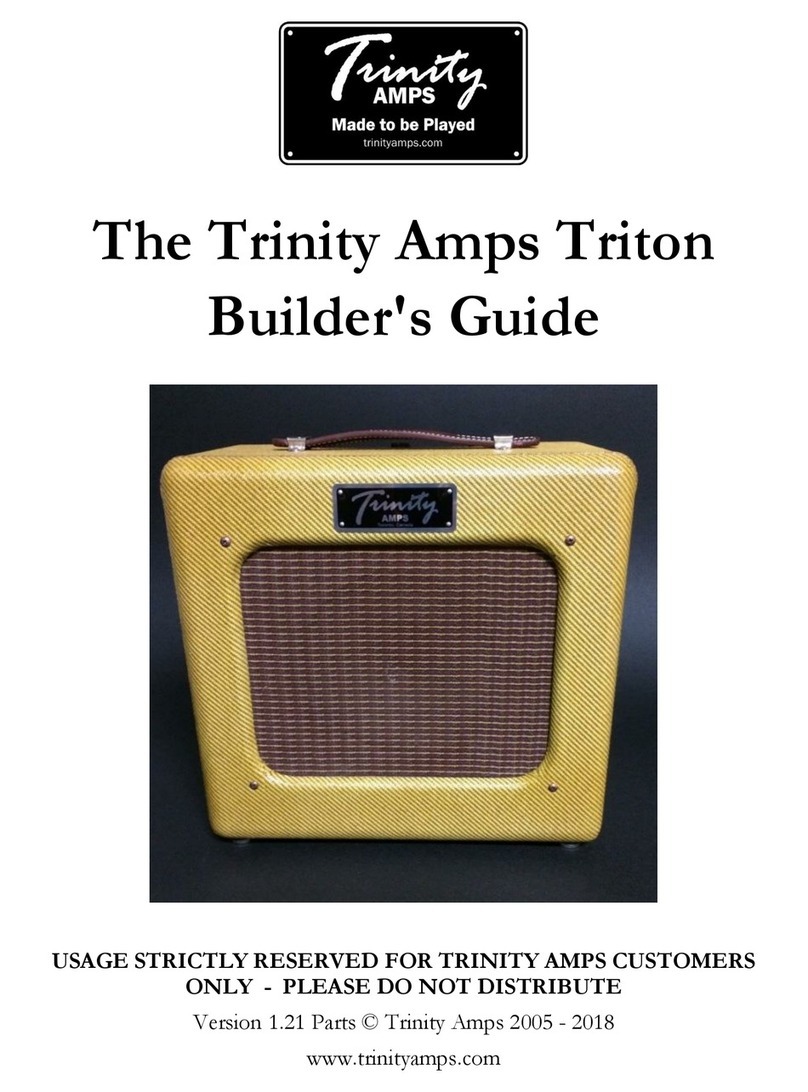
Trinity Amps
Trinity Amps Triton User manual
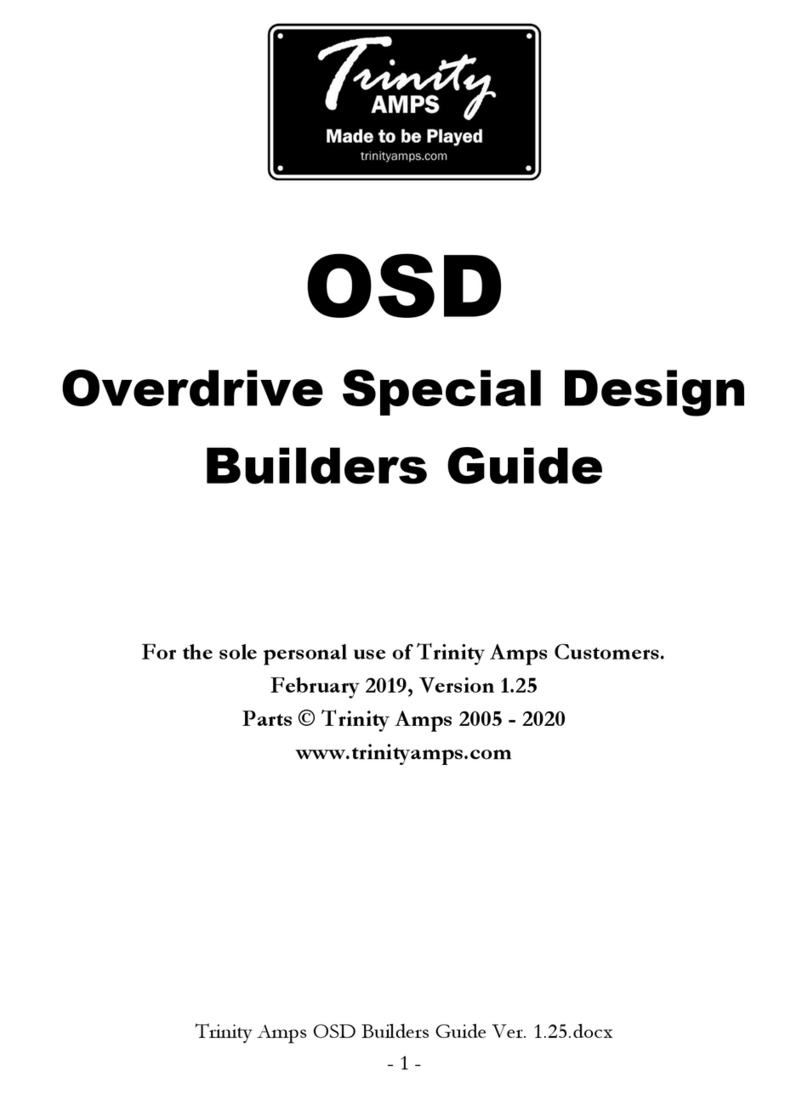
Trinity Amps
Trinity Amps OSD User manual
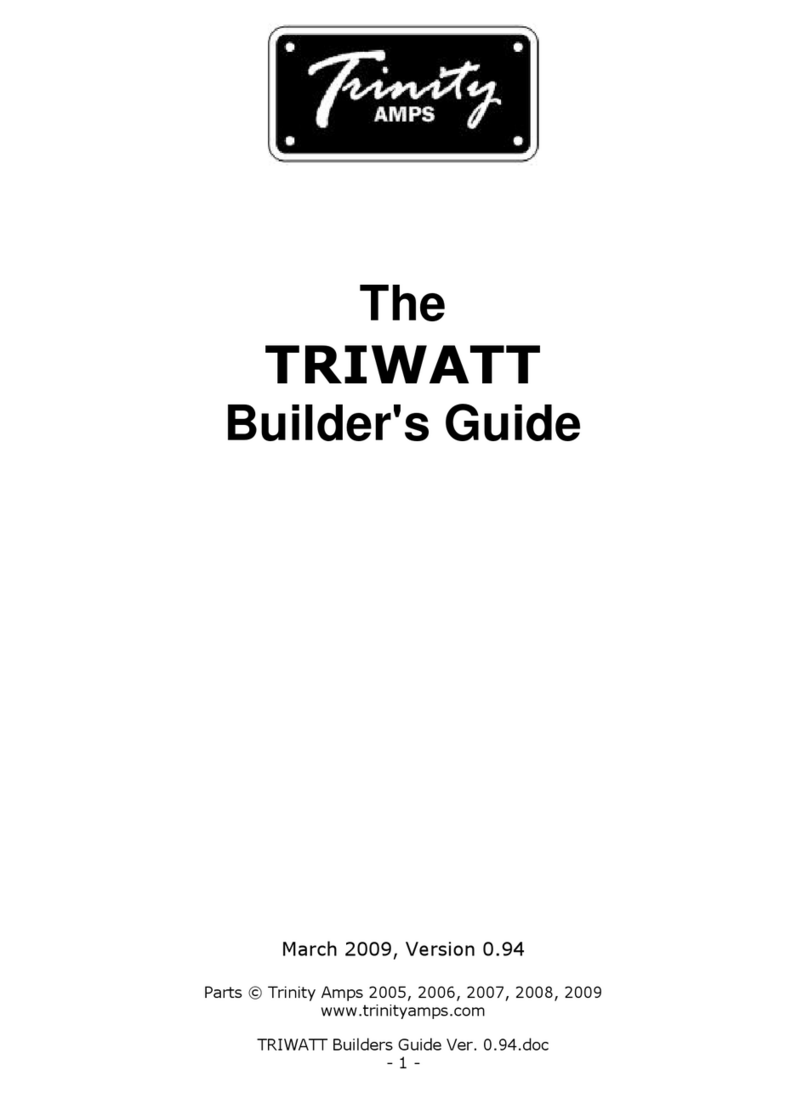
Trinity Amps
Trinity Amps TRIWATT User manual
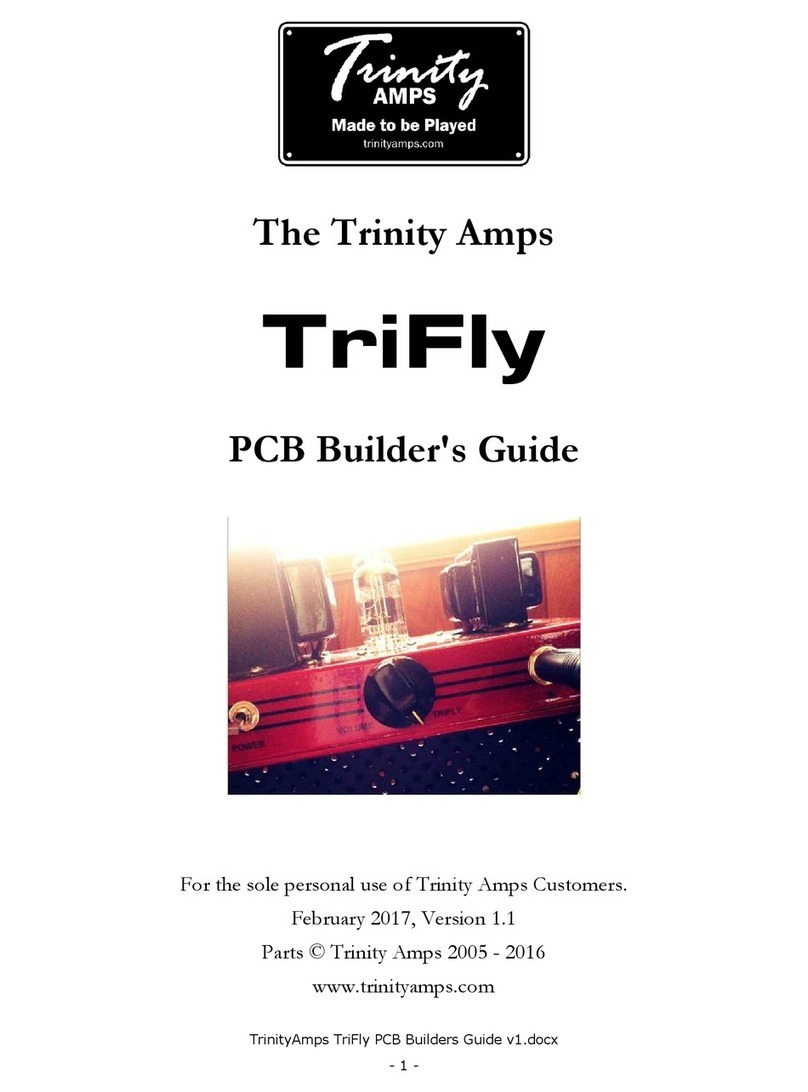
Trinity Amps
Trinity Amps TriFly User manual
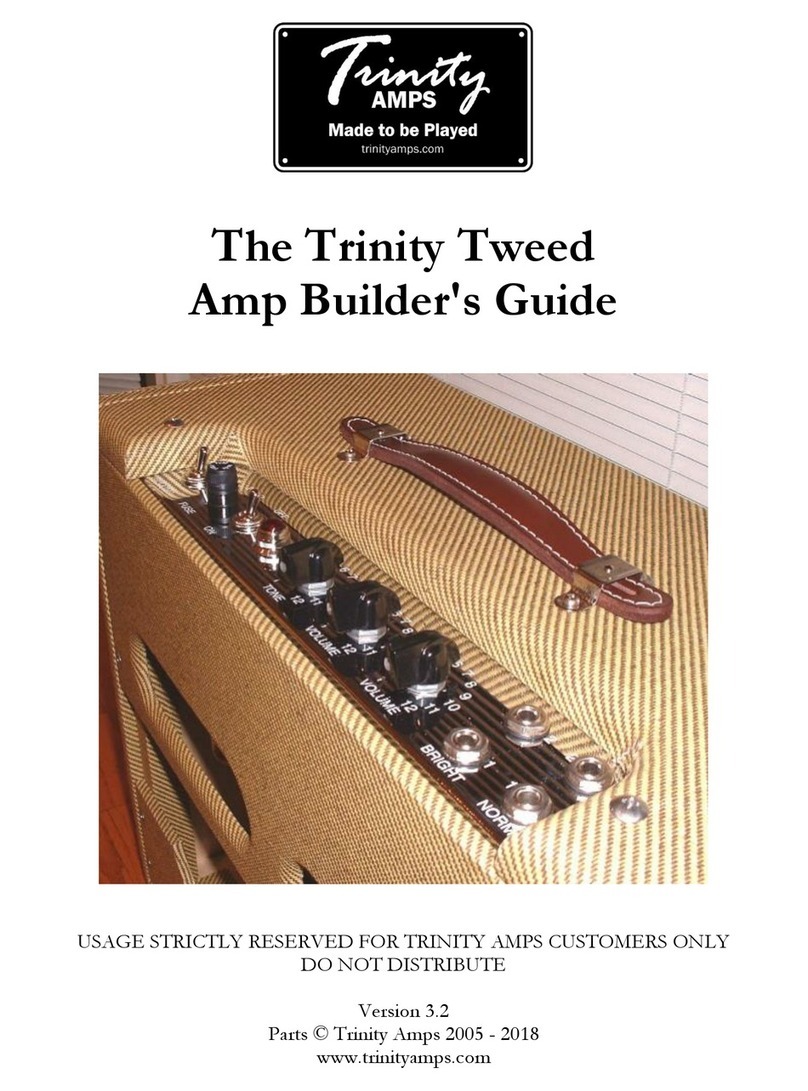
Trinity Amps
Trinity Amps Trinity Tweed Amp User manual

Trinity Amps
Trinity Amps THOR User manual

Trinity Amps
Trinity Amps TRIP TOP User manual
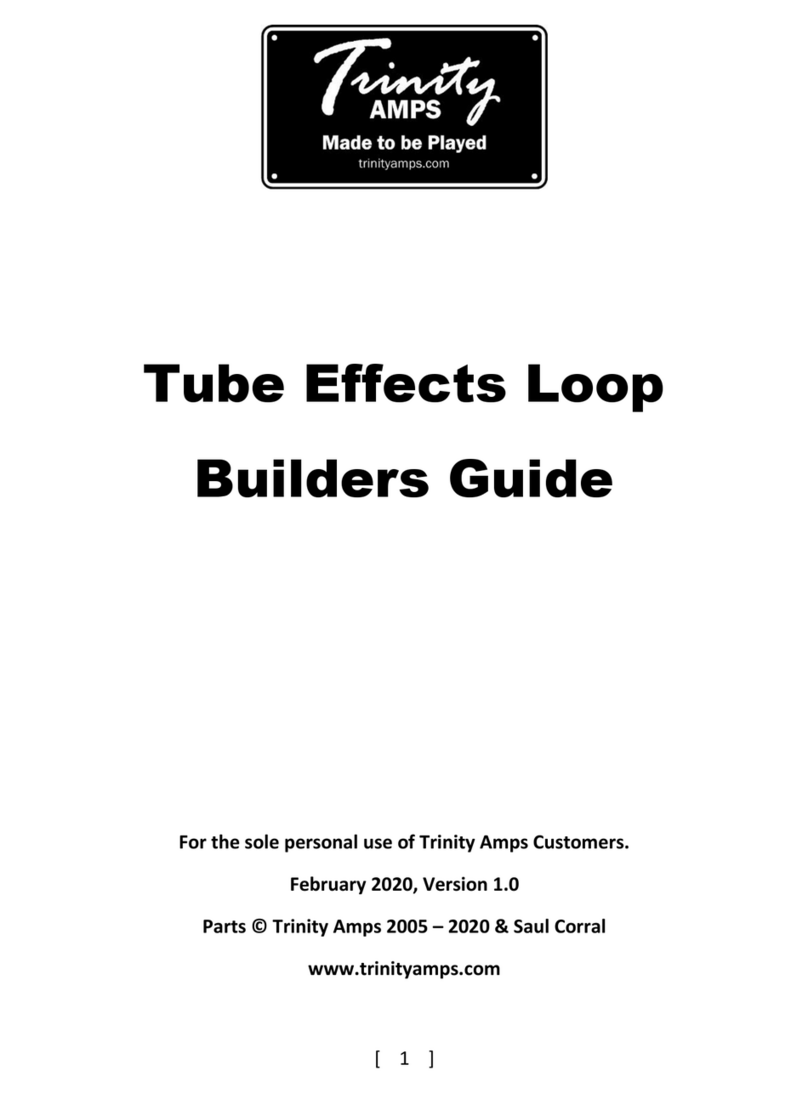
Trinity Amps
Trinity Amps Tube Effects Loop User manual
